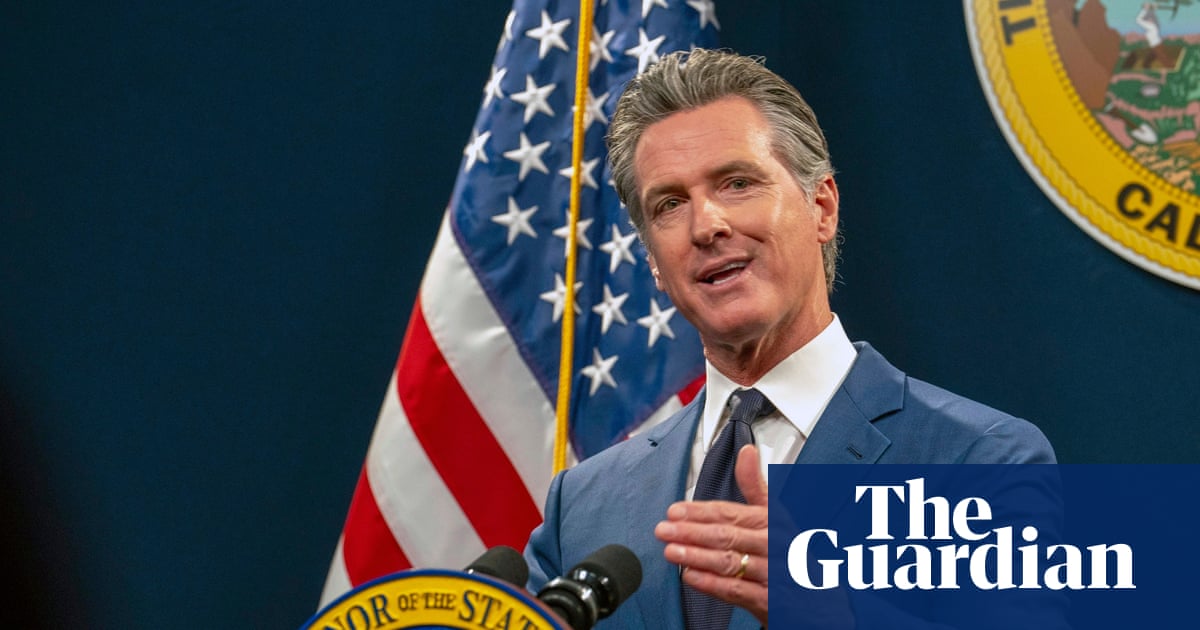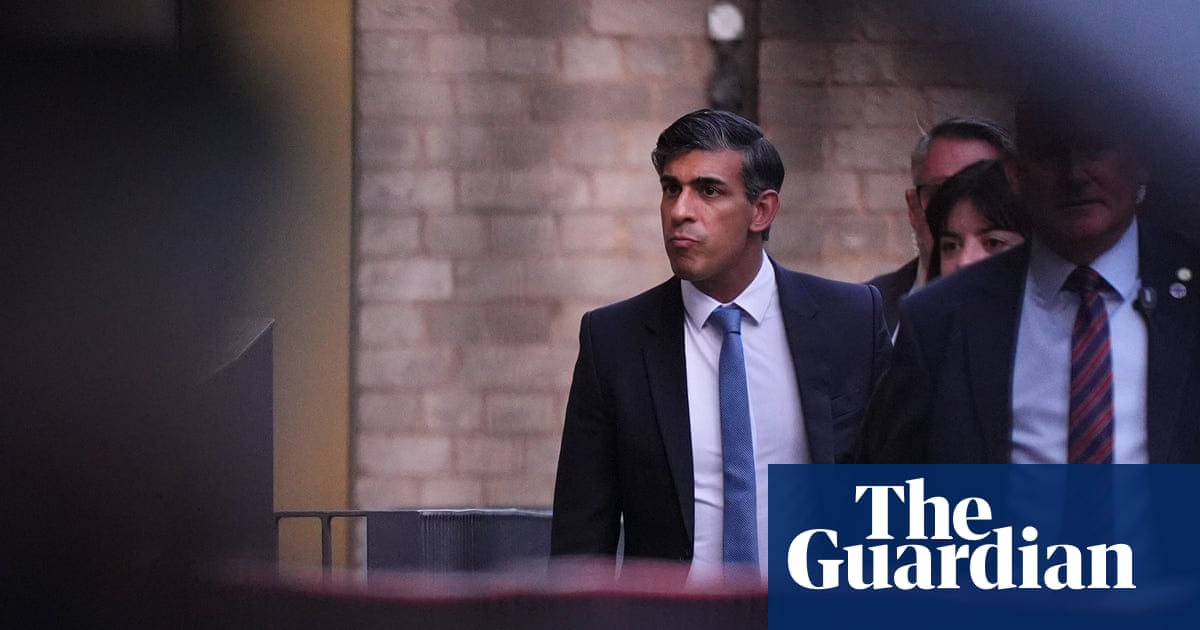When she went viral in a video clip showing her coining the onomatopoeia âhawk tuahâ to describe what intimate act reliably drives men wild in her experience, Hailey Welch thought about keeping herself hidden from the masses.
Then the rumor circulated that the photogenic blonde in the video with the thick southern drawl was actually the daughter of a humiliated religious leader. The attention had caused the woman to be fired from her education job, another rumor claimed. And social media users started creating fake accounts with photos of her.
Welch changed her mind about keeping a low profile and came forward for the first time Monday on the Plan Bri Uncut podcast, dispelled everything said about her before as falsehoods â and detailed how the clip has upended her life, ranging from cameos alongside celebrities to offers from strangers to buy a sample of her spit.
âItâs a hit or miss what comes out of my mouth â I just talk out of my ass,â Welch told podcast host Brianna LaPaglia. âThe one time I say something like that, of course thereâs a camera in my face.â
The 21-year-old had just quit social media and was working in a bed spring factory in her Tennessee home town when she learned she had achieved a level of internet virality that provided a relatively pleasant distraction for a country grappling with climate change-fueled extreme weather as well as another contentious presidential election cycle.
It stemmed from an 11 June Instagram video posted by YouTubers Tim & Dee TV that showed a street interview in Nashville, Tennessee, with two women whose names were not revealed. As KnowYourMeme.com noted, Welch was asked, âWhatâs one move in bed that makes a man go crazy everytime?â
She replied with a giggly, obvious oral sex allusion, saying: âAw, you gotta give him that hawk tuah and spit on that thang â you get me?â
In short order, the clip reverberated across the digital world, well beyond the pun-driven memes that are the lifeblood of social media. One of the countless notable instances involved a country song about the exchange that was purportedly created with artificial intelligence â and turned out to be quite the ear-worm, in the opinion of many.
Readers treated New Orleansâ Times-Picayune newspaper to its own moment of virality by headlining an article about the cityâs NBA team acquiring a former Atlanta Hawks player with the words, From a Hawk to a Pelican.
Eventually, amid an obsession among some to learn who the girl in the infamous video was, clues about Welchâs identity began to trickle out. And by late June, she had penned a merchandise deal with the company Fathead Threads for hats emblazoned with the wet-sounding phrase she immortalized.
The company had reportedly hawked more than $65,000 worth of merchandise almost immediately â though on Tuesday owner Jason Poteete told the Guardian that Fathead Threads was so busy trying to meet demand for its wares that there had not been time for him to calculate a precise tally of the sales, which are being split with Welch.
On Monday, Welch said âthe guy [who] makes my hatsâ received an offer to pay $600 for her to spit in a jar and send it to the interested party.
âThatâs just disgusting, is it not?â Welch told Plan Bri Uncut, likening the overture to those interested in buying the used underwear of social media influencers whom they find attractive. âAnd I was like, âShould I do it?â Then I was like, âNaw, donât do that.ââ
By Saturday night, Welch was singing on stage with country star Zach Bryan. Four-time NBA champion and television commentator Shaquille OâNeal was on X two days later bragging about having taken pictures with her. She now has a publicity team.
Yet, perhaps inevitably, the disinformation trolls came out of the woodwork. Posts claimed that Welchâs father was a preacher who had been mortified by her scandalous behavior. Others said she was a school teacher whose naughty language cost her her post.
All of that was as false as the âkind of creepyâ, fake social media accounts containing stolen photos of Welch that prompted her to take off her veil of anonymity once and for all, she explained on Plan Bri Uncut.
Welch said her parents think âitâs so funnyâ that a video of her has had the internet in shambles for much of the summer. âThey know how I am,â Welch remarked.
Nonetheless, she also suggested that she looked forward to a time when her 15 minutes of fame had run out.
âI donât really want that to be, like, my image,â Welch told LaPaglia regarding the hawk tuah craze. âI just â I donât see that being, like, my thang, you know?
âI donât want to be known as that.â









